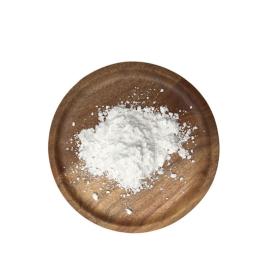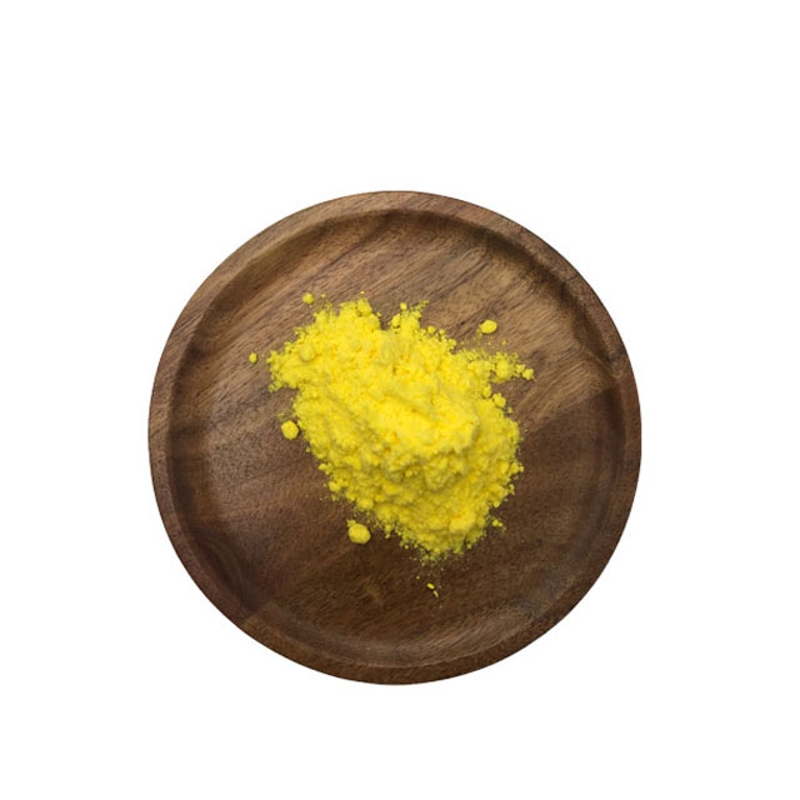-
Categories
-
Pharmaceutical Intermediates
-
Active Pharmaceutical Ingredients
-
Food Additives
- Industrial Coatings
- Agrochemicals
- Dyes and Pigments
- Surfactant
- Flavors and Fragrances
- Chemical Reagents
- Catalyst and Auxiliary
- Natural Products
- Inorganic Chemistry
-
Organic Chemistry
-
Biochemical Engineering
- Analytical Chemistry
- Cosmetic Ingredient
-
Pharmaceutical Intermediates
Promotion
ECHEMI Mall
Wholesale
Weekly Price
Exhibition
News
-
Trade Service
Recurrence and progression remain the main challenges in the treatment of non-muscle invasive bladder cancer (NMIBC)
.
Transurethral bladder cancer resection (TURBT) enhanced by blue light is a method to improve the staging of bladder cancer and achieve complete resection of NMIBC
Blue light-enhanced transurethral resection of bladder cancer (TURBT) is a method to improve the staging of bladder cancer and complete NMIBC resection Methods
This study aims to evaluate the effectiveness of blue-enhanced TURBT compared with white-light-based TURBT in the treatment of NMIBC
.
Researchers comprehensively searched multiple medical literature databases (including Cochrane Library, MEDLINE, and Embase) and clinical trials registry (ClinicalTrials.
gov and the World Health Organization International Clinical Trials Registry Platform) before March 2021, and included Randomized controlled trials using blue light and white light TURBT were compared, and the patients were required to be primary or recurrent bladder urothelial carcinoma
.
The primary endpoints are the time to disease recurrence, the time to disease progression, and severe surgical complications
Recurrence risk comparison
Recurrence risk comparisonA total of 16 randomized controlled trials were included, covering 4,325 patients
.
Blue light TURBT can reduce the risk of bladder cancer recurrence over time (hazard ratio [HR] 0.
Blue light TURBT can reduce the risk of bladder cancer recurrence over time Blue light TURBT can reduce the risk of bladder cancer recurrence over time
Progressive risk comparison
Progressive risk comparisonBlue light TURBT may also reduce the risk of disease progression (HR 0.
65)
.
Compared with white light TURBT, blue light TURBT can reduce the progression rate of low-, medium-, and high-risk NMIBC patients by 1, 17, and 56 cases per 1000 people, respectively
Blue light TURBT may also reduce the risk of disease progression Blue light TURBT may also reduce the risk of disease progression
Risk comparison of complications
Risk comparison of complicationsIn addition, blue light TURBT has little or no effect on serious surgical complications (risk ratio [RR] 0.
54)
.
The surgical complications of blue light TURBT treatment were 10 cases less than that of white light TURBT treatment per 1000 patients
Over time, blue light TURBT may have little or no effect on the risk of bladder cancer death (bladder cancer mortality; blue light vs white light: 10 vs 22 cases/1000 people)
.
Researchers are currently unsure of the effect of blue TURBT on any level of side effects
In summary, compared with white light TURBT, the use of blue-enhanced TURBT to treat non-muscle invasive bladder cancer may reduce the risk of disease recurrence and progression, and the reduction effect varies with the baseline risk
.
Moreover, the impact of blue light on serious surgical complications is minimal or even close to zero
Compared with white light TURBT, the use of blue light-enhanced TURBT for the treatment of non-muscle invasive bladder cancer may reduce the risk of disease recurrence and progression, and the reduction effect varies depending on the baseline risk.
Original source:
Maisch Philipp,Koziarz Alex,Vajgrt Jon et al.
Blue versus white light for transurethral resection of non-muscle invasive bladder cancer in this message







